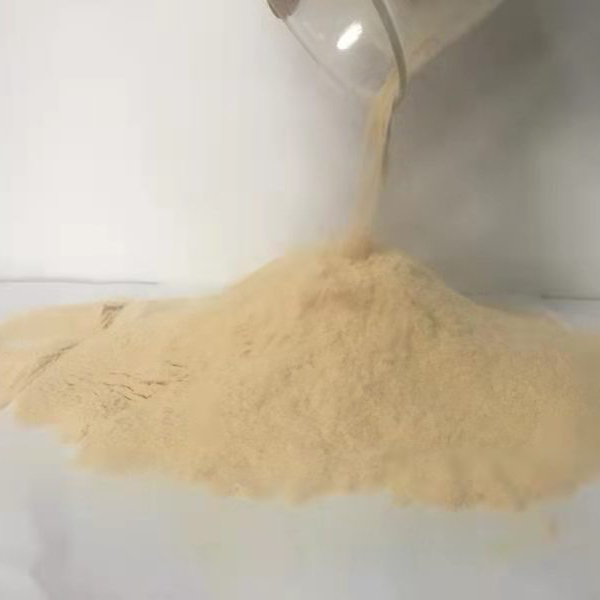
News
Dec . 13, 2024 11:40 Back to list
high quality iron chelating agent name
High-Quality Iron Chelating Agents An Overview
Iron is an essential element for many biological processes, particularly in the case of living organisms where it plays a critical role in oxygen transport, DNA synthesis, and electron transport. However, the availability of iron in its free form can lead to toxicity due to the generation of harmful free radicals. To mitigate these risks, iron chelating agents have become invaluable tools in various fields, including medicine, agriculture, and environmental science. This article explores some of the high-quality iron chelating agents and their applications.
Understanding Chelation
Chelation is a chemical process in which molecules bind to metal ions, effectively removing them from their active sites. This binding creates a more soluble and stable complex, which can be easily excreted from the organism. Chelating agents, therefore, play a crucial role in regulating iron within biological systems, preventing iron overload, and enhancing iron availability in plants. The effectiveness of a chelating agent depends on its ability to form strong bonds with iron ions and its stability in various environments.
Types of Iron Chelating Agents
There are several categories of iron chelating agents, each with distinct properties and applications. Here are some high-quality examples
1. Deferoxamine This is a well-known iron chelator used in clinical settings, particularly for treating iron overload in patients with conditions like thalassemia or hemochromatosis. Deferoxamine forms a stable complex with ferric ions, facilitating their excretion through the kidneys. Although highly effective, its use may be limited by its route of administration (usually intravenous) and potential side effects.
2. EDTA (Ethylenediaminetetraacetic acid) EDTA is a synthetic chelating agent that can bind various metal ions, including iron. Due to its strong binding affinity, EDTA is widely used in medicine and agriculture. In medicine, it is employed in cases of heavy metal poisoning, while in agriculture, it enhances the availability of micronutrients in soils deficient in iron.
3. Citric Acid This natural chelator is produced by many plants. Its ability to complex with iron ions makes it a popular choice in agricultural settings. Citric acid enhances solubility and nutrient uptake in plants and is often used in various fertilizers to improve iron bioavailability.
high quality iron chelating agent name

4. Fumaric Acid Known for its role in the Krebs cycle, fumaric acid also exhibits chelating properties. Its potential application as a chelating agent for iron is being explored in both nutritional and agricultural contexts.
5. Tannins These polyphenolic compounds, found in many plants, have significant chelating properties. Tannins can bind with iron and other metals, making them useful in both ecological and industrial applications, as well as contributing to plant health by reducing metal toxicity.
Applications of Iron Chelating Agents
1. Medical Applications Iron chelators such as deferoxamine are crucial in treating patients with iron overload conditions, preventing organ damage and improving quality of life.
2. Agriculture Chelating agents improve iron nutrient availability in soils, enhancing plant growth and yields, especially in alkaline soils where iron is often less available.
3. Environmental Remediation Chelating agents can help in the removal of toxic metals from contaminated environments, aiding in the cleanup of soil and water.
4. Food Industry In food processing, chelating agents help avoid metal catalysis of oxidative reactions, thereby improving the shelf life and safety of products.
Conclusion
High-quality iron chelating agents like deferoxamine, EDTA, citric acid, fumaric acid, and tannins hold significant potential across various fields. Their ability to bind iron effectively not only enhances iron bioavailability in agricultural practices but also provides crucial therapeutic interventions in medical treatments. As research continues in this area, the emergence of more efficient and environmentally sustainable chelating agents is anticipated, paving the way for improved practices in health, agriculture, and environmental stewardship.
-
Polyaspartic Acid Salts in Agricultural Fertilizers: A Sustainable Solution
NewsJul.21,2025
-
OEM Chelating Agent Preservative Supplier & Manufacturer High-Quality Customized Solutions
NewsJul.08,2025
-
OEM Potassium Chelating Agent Manufacturer - Custom Potassium Oxalate & Citrate Solutions
NewsJul.08,2025
-
OEM Pentasodium DTPA Chelating Agent Supplier & Manufacturer High Purity & Cost-Effective Solutions
NewsJul.08,2025
-
High-Efficiency Chelated Trace Elements Fertilizer Bulk Supplier & Manufacturer Quotes
NewsJul.07,2025
-
High Quality K Formation for a Chelating Agent – Reliable Manufacturer & Supplier
NewsJul.07,2025
